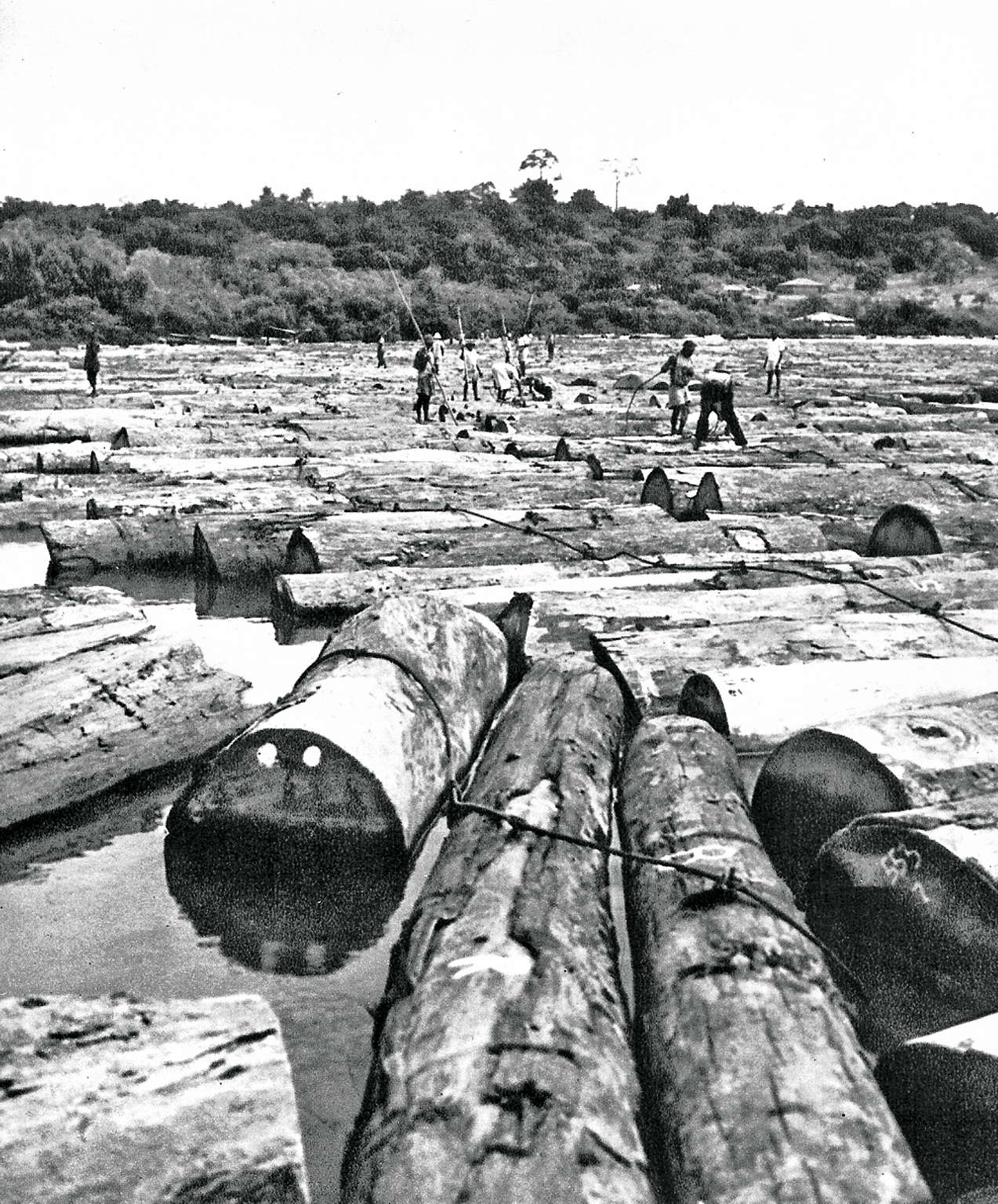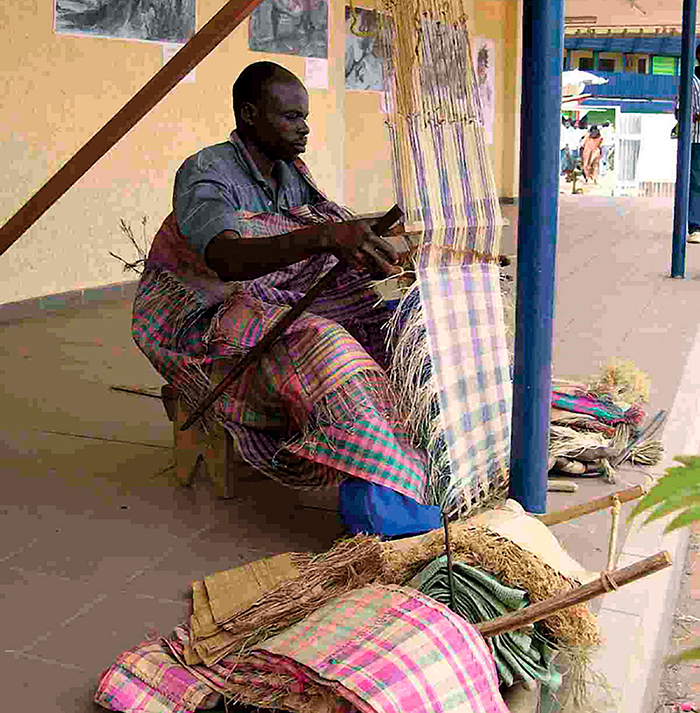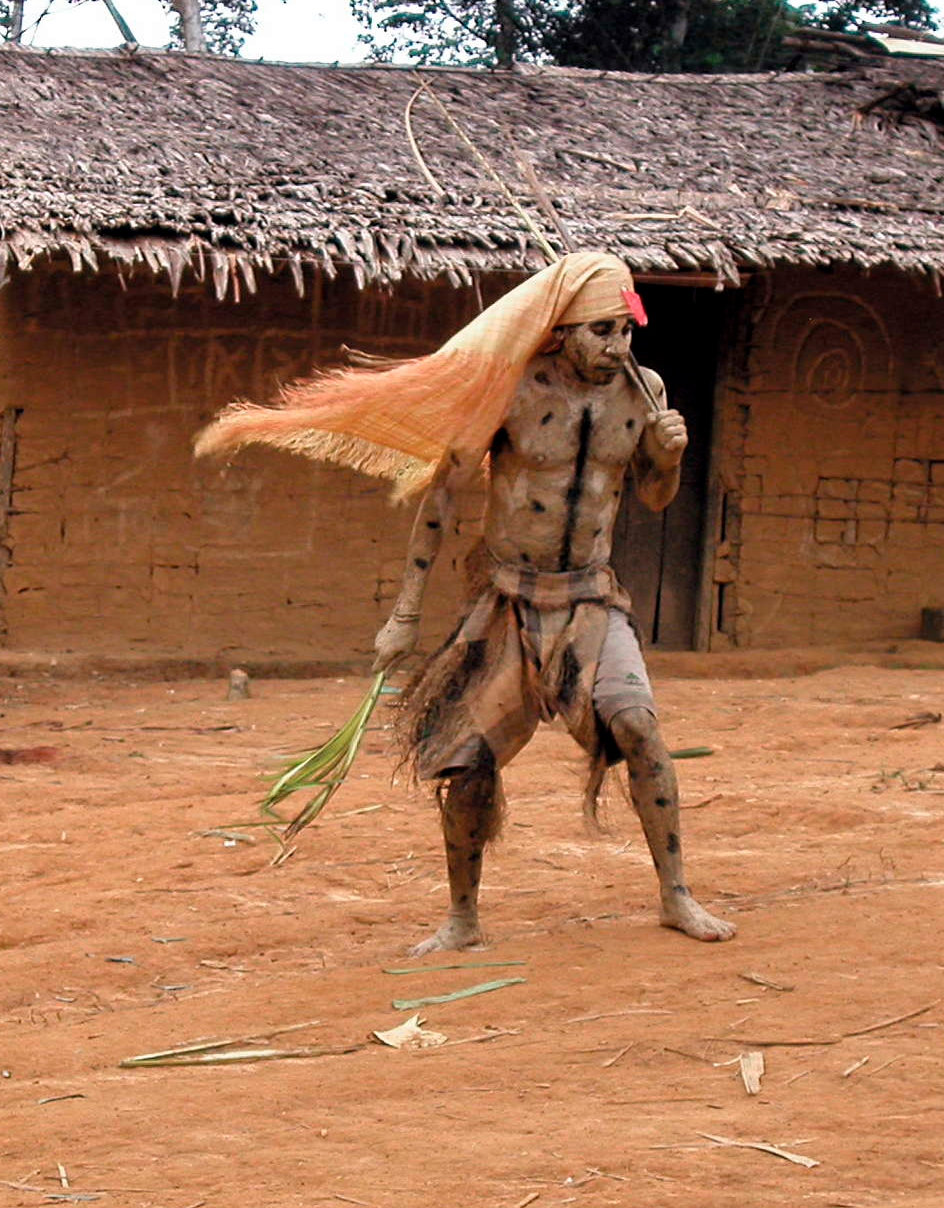History
From discovery up to nowadays
The first traces of human occupation in Gabon date back to at least 400,000 years
Originally, the Ogooué basin had been inhabited by large hunters and pickers who were black people. They used to cut the stone to make tools such as scrapers, the scrapers, and arrow heads. Towards 4.000 years earlier new human groups, the Neolithic arrive with their polished stone tools and make pottery about 2.500 years onward, it corresponds to the the arrival of metallurgical peoples who have mastered iron reduction operations processes.
In 1472 the Portuguese entered the region of Estuaire. They nicknamed the country “Rio de Gabao”, because of its shape similar to a caban “Gabao” in Portuguese.”Gabao” then turned into “Gabon”. Until the 18th century, the coastal tribes maintained commercial relations with the Europeans (Portuguese, English, Dutch, french and Spanish).
It is from the Treaty signed between Louis Edouard Bouët-Willaumez and Mpongwe ruler named Rapontchombo on February 9, 1839 that the French gradually spread their influence on Gabon: they create a military post in the Estuaire of the Komo and the future capital, Libreville, was founded by former slaves freed from a slave ship. The birth of Libreville (1850) is related to the case of the Brazilian slave ship named Ilizia *.
The definition of the borders of Gabon occurred gradually, on the one hand because of disputes with German Cameroon, then on the other hand under the French Equatorial Africa.
Gabon became independent on August 17, 1960 and in 1961 Leon Mba, motivated by Charles de Gaulle is elected President of the Gabonese Republic. But the national currency is manufactured by France which would also determine the value.
The 17 of August has become the date of the national celebration in Gabon, which thus commemorates the proclamation of the independence of the country by Léon Mba and its accession to international sovereignty, after more than fifty years of French colonization.
* Get more information about the history of Gabon: Gabon Libre

Timeline
Culture & traditions
Gabon, Bantou land
The Gabonese culture draws its wealth from the diversification of its founding peoples, the hunter and stone-cutters, the Neolithic people, the people from the age of iron and to a less degree the Pygmies all of them came to populate the Gabonese land. The pygmies separated themselves from the Homo sapiens there are 70,000 years in order to live in symbiosis in the deep forests.
Around 3000 BP appeared the first people of the Neolithic stage. These populations introduced polished tools, the first forms of agriculture, the exploitation of oil palm.
Elaeis guineensis and ceramics. Unlike the hunter-pickers, which they probably lived with for some time, they lived sedentary just the time it could take to complete a harvest.
All the languages of Gabon belong to the Bantu linguistic group which extends from southern Cameroon to South Africa. The current Gabon has fifty ethnic groups including Fang (32%), the Mpongwe (15%), the Mbedé (14%), the Punu (12%).
Gabon is a moving culture, a mix of diversity and common culture, making live together the very diverse beliefs and practices. For example, as if a mom was crushing his cassava with the pestle in a mortar, as it has been so for centuries, she can today be interrupted in her work by the ringing of her cell phone.
Knowing the mysteries of life, searching God, the rites, the mythical tales, proverbs and archaic languages, known by insiders only, constitute the essential part of the traditions and the beliefs of the Gabonese peoples transmitted from generation to generation by the memory of men.
To the vast majority of the people of Gabon, initiation is the basis of everything, founder of many values: the social and political organization.
Art

The Gabonese art is known for its masks that belong first and foremost to initiatory societies.
They both embody the spirits of ancestors and the genius who ro some extent participate in the life of the village. The Gabonese art is a religious art firmly rooted in the social structures of each tribe, the mask or the statue is not a sacred object by itself. It is the support of a force that can be expressed by other means, for example, the music, singing, dancing; The sculpted image therefore is a symbol and a message.
The rites

Gabon’s dances are a reflection of the diversity of different peoples and rituals that enliven the Gabonese folklore. They are closely related to the different rites, mainly the Bwiti. Both ritual and playful, the dances of Gabon convey the close link between the sacred and the real world.
Half way between the material and the immaterial, the sound vibration is the agent essential to the communication of the men among themselves, but also participation in the cosmogonic life, beyond the barriers of the sensible world. Primary language, or super language, musical expression, taken from the cry that expresses emotion encompassing the intelligible language of the words that it precedes.
It is, therefore, the support of the oral Tradition which it guarantees the shape and the conservation beyond writing and without it.

